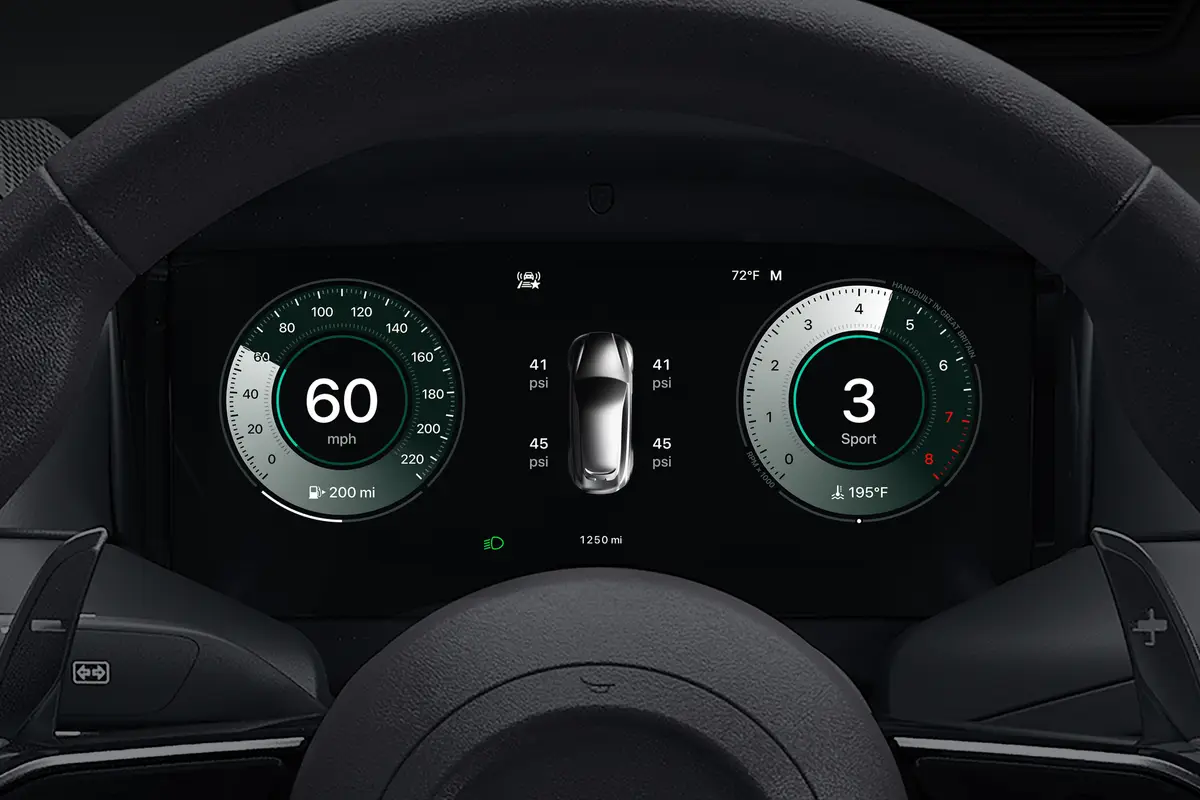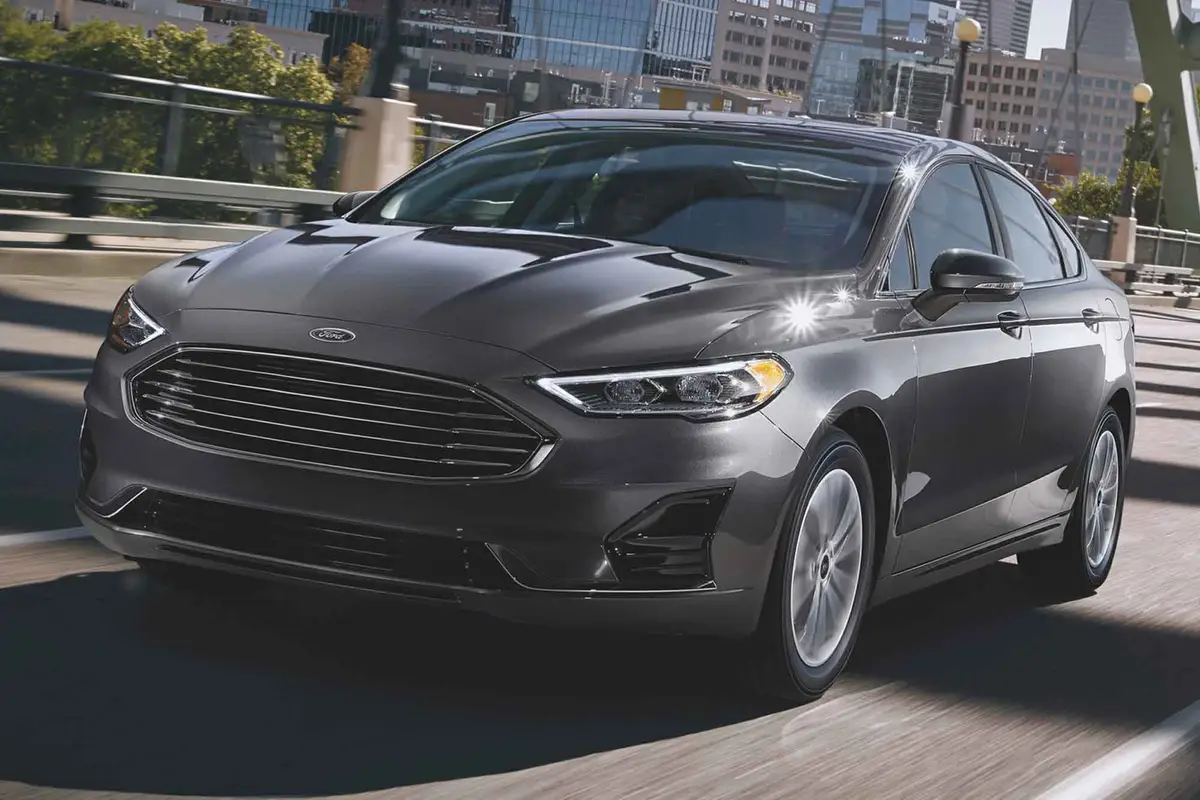washingtonpost.com's view
People chortled when Ford introduced its latest version of the Taurus — a sexy, muscular sedan, immodest by the standards of Middle America.
Ford brought forth the car with a price as shocking as its body, which increased the chorus of derision.
Taurus sales tumbled. Bad press followed. It looked liked Ford had goofed. It didn’t.
Ford was exploiting the Madonna Principle: Lust often masquerades as condemnation of sin.
For example, many people who ridicule Madonna’s naughty ways secretly are attracted to the woman, her music, books and movies. But they need permission — something to legitimize their Madonna connection and purchase decision.
Madonna has issued that writ of acceptability with her new movie, “Evita,” a romantic, highly stylized, musical version of the life of Evita Peron, wife of flamboyant Argentine dictator Juan Peron.
Ford has done something similar with its Taurus G, a sensible — that is, lower-priced, but reasonably well-equipped Taurus sedan.
Suddenly, people are lining up to buy the Taurus they once spurned because, ahem, it’s now a good value.
But it turns out, according to auto dealer field reports, that many folks coming in to buy Taurus G cars are rolling out with more upscale Taurus GL and luxury Taurus LX models. A few are going for the hotter-than-Madonna Taurus SHO performance sedans.
Such are the ways of lust and temptation. The lust is always there, even in the most prudish hearts. Temptation? Heck, as both Madonna and Ford can tell you, that’s just a matter of marketing.
Background: The original Taurus was introduced in the 1986 model year. It was greeted in much the same way the public responded to its 1996 successor — with surprise, disdain and longing.
Longing eventually won out, and the front-wheel-drive Taurus family sedan became a bestseller — a title it jeopardized with the 1996 remake.
For 1997, Ford has done little to change the car. The idea is mostly to leave things alone and let people get used to the reworked body.
But in honor of the doctrine of “continuous improvement,” Ford did add a few tweaks, evident in the smoother running of the standard, 3-liter V-6 in the tested base Taurus G. That engine, also standard in the GL version, is rated 145 horsepower at 5,250 rpm. Torque is rated 170 pound-feet at 3,250 rpm.
The luxury Taurus LX gets a standard 3-liter, double overhead-cam, 24-valve V-6 rated 200 horsepower at 5,750 rpm, with torque rated 200 pound-feet at 4,500 rpm. The Taurus SHO (special high output) runs with a 3.4-liter, double overhead-cam, 32-valve V-8 rated 235 horsepower at 6,100 rpm with torque rated 230 pound-feet at 4,800 rpm.
Four-speed automatic transmissions are standard on all Taurus models, including the sporty SHO. (Turns out that would-be hot-doggers going for that car would prefer to go shiftless.)
Standard brakes on the G, GL and LX are power front discs/rear drums. Anti-locks are optional on those models. But four-whee l-anti-locks along with power four-wheel-disc brakes are standard on the SHO.
All Taurus models get dual front air bags — and presumably adult drivers who are smart enough to put children in the rear seat.
Ford’s engineers say the Taurus G and siblings can seat up to six people — assuming the installation of bench seats front and rear. Cargo capacity is a pretty ample 15.8 cubic feet. But do yourself a favor and travel lightly. This is a mid-size car, not a full-size bus.
CAR-NUNDRUM
When were power windows introduced in U.S. cars?
Answer: 1946.
Latest news



